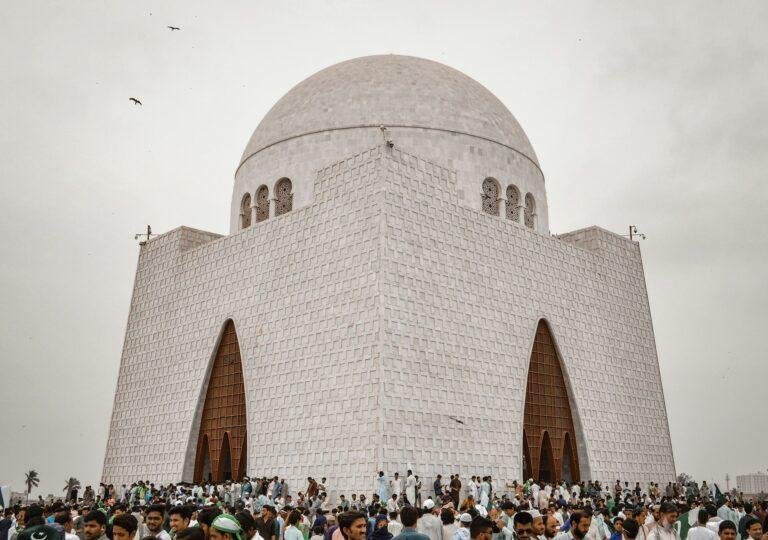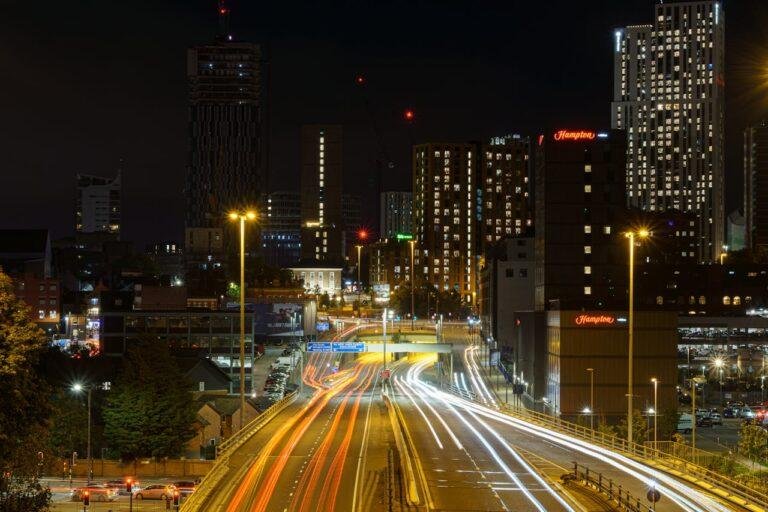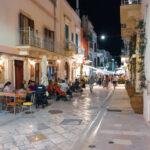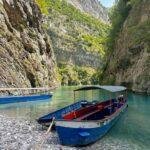Ever heard of a place so serene, so untouched, that it feels like time itself slows down? That’s Leepa Valley, one of the most scenic and lesser-explored destinations in Azad Jammu and Kashmir.
For many travelers planning a trip to northern Pakistan, a common question arises: Where is Leepa Valley located? The answer leads to a hidden gem tucked deep within the Hattian Bala District, surrounded by towering mountains, pine forests, rice terraces, and charming wooden homes.
In this guide, we’ll explore the exact location of Leepa Valley, how to reach it, what makes it special, and why it deserves a top spot on your travel bucket list.
Where is Leepa Valley Located?
Leepa Valley is located in the southeast region of Azad Jammu and Kashmir, near the border with Indian-administered Kashmir. Specifically, it falls within the Hattian Bala District, about 105 km from Muzaffarabad, the capital of Azad Kashmir.
The valley sits close to the Line of Control, which separates Pakistan-administered Kashmir from the Indian side, giving the region both strategic significance and limited accessibility at certain times.
Geographically, the valley lies within the foothills of the Himalayan range, at an average elevation of around 6,300 feet (1,920 meters). This high-altitude location gives Leepa Valley its pleasant climate, snowy winters, and abundant natural beauty throughout the year.
How to Reach Leepa Valley?
If you’re wondering how to reach Leepa Valley, the journey is part of the adventure. While remote, Leepa Valley is accessible via a series of scenic mountain roads, winding through some of the most beautiful parts of Azad Kashmir. The route starts in Muzaffarabad—the capital city of Azad Jammu and Kashmir—and takes travelers deep into the heart of the Hattian Bala District.
Route Overview
- Starting Point: Muzaffarabad
- Route: Muzaffarabad → Hattian Bala → Reshian → Dao Khan → Leepa
- Total Distance: Approximately 105 km
- Travel Time: Around 4 to 5 hours, depending on road and weather conditions
- Best Time to Travel: May to October (roads may be closed during winter due to snow).
Step-by-Step Guide
1. Muzaffarabad to Hattian Bala
Your journey begins in Muzaffarabad, easily accessible from Islamabad via the Murree Expressway. From here, a paved mountain road leads to Hattian Bala, the administrative center of the district.
- Distance: ~40 km
- Time: ~1.5 hours
- Road condition: Good (paved and motorable for all vehicles)
2. Hattian Bala to Reshian
From Hattian Bala, the road narrows and begins to climb. You’ll pass through lush forested hills and mountain villages on your way to Reshian—the last major settlement where regular vehicles can travel.
- Distance: ~35 km
- Time: ~1.5 hours
- Pro tip: Stock up on snacks and water here; facilities beyond are limited
3. Reshian to Dao Khan
This section requires a 4×4 jeep, which can be rented in Reshian. The ride is bumpy, steep, and occasionally dramatic—but offers some of the best panoramic views in the region.
- Distance: ~10 km
- Time: 45 minutes to 1 hour
- Highlight: Dao Khan is a scenic alpine meadow and a great stopover for photography or rest
4. Dao Khan to Leepa Valley
From Dao Khan, the road descends sharply into the Leepa Valley. This final stretch is narrow, unpaved, and carved into the hillside, but the views are spectacular.
- Distance: ~20 km
- Time: ~1 hour
- Note: Jeep drivers familiar with the terrain are highly recommended for safety
Important Travel Tips
- Vehicle Type: Use a 4×4 Jeep beyond Reshian. Sedans or small cars are not suitable for mountain tracks.
- Weather Check: Avoid traveling during or after heavy rains; landslides are common.
- Permits: Pakistani citizens need their CNIC, and foreign tourists may require a special NOC (No Objection Certificate).
- Best Season: Late spring to early autumn is ideal. Winter travel is discouraged due to snow-covered, blocked roads.
- Local Guidance: Hire a local guide if you’re unfamiliar with the route—especially if you plan to explore Chananian or villages near the Line of Control.
Why Visit Leepa Valley?
1. Unmatched Natural Beauty
One of the defining features of Leepa Valley is its overwhelming natural beauty. The entire landscape is a canvas of pine forests, clear streams, alpine meadows, and vibrant rice terraces carved into the hillsides.
In spring and summer, the valley turns lush green; in autumn, golden foliage paints every slope; and in winter, everything is covered in a thick blanket of snow.
2. Traditional Wooden Architecture
The valley is known for its unique wooden houses, built in classic Kashmiri architectural style—two to three stories high, often with carved balconies and sloped roofs. These homes are not just picturesque; they reflect centuries of regional tradition and resilience to harsh winters.
3. Rich Culture and Warm Hospitality
Locals in Leepa Valley are known for their warmth and hospitality. Most of the population can speak Kashmiri, along with Urdu and regional dialects. Visitors are often welcomed with tea, homemade food, and stories about local traditions. Despite being a remote region, the people are proud of their heritage and eager to share it.
Top Places to See in Leepa Valley
Despite its remote setting, Leepa Valley offers a variety of picturesque and culturally rich locations that feel like scenes straight from a dream. Whether you’re into panoramic views, traditional architecture, or off-the-grid experiences, these are the top places to visit in Leepa Valley:
Dao Khan – Leepa Valley’s Scenic Gateway
Dao Khan is a wide alpine meadow located at an elevation of over 8,000 feet, just before the main descent into Leepa Valley. Surrounded by dense pine forests and framed by snow-draped peaks, it’s the first spot where you begin to feel the magic of this hidden region.
- Activities: Photography, nature walks, overnight camping.
- Why visit: The landscape opens up here, offering sweeping views and a refreshing pause before continuing toward the valley.
- Accessibility: Reachable by jeep from Reshian; open seasonally (May–October).
Many travelers choose to spend a few hours—or even a night—here to soak in the views, enjoy a picnic, or pitch a tent under the stars.
Leepa Village – The Cultural Heart of the Valley
Once you reach the base of the valley, Leepa Village greets you with its stunningly preserved wooden houses built in traditional Kashmiri style. The village sits amidst green terraced fields and river-fed meadows, making it one of the most scenic and photogenic areas in Azad Kashmir.
- Highlights: Traditional wooden homes, rice paddies, small family-run guesthouses.
- Local life: Residents speak Pahari and Kashmiri, and are known for their warm hospitality.
- Why visit: To experience authentic mountain culture, eat homemade food, and enjoy the tranquility of village life.
Chananian – Where Nature Meets Geopolitical History
Chananian is a small but strategically significant hamlet located near the Line of Control. What sets it apart is the stunning natural view of the Jhelum Valley District, visible from multiple points throughout the village. With its high elevation and proximity to sensitive borders, this area is calm but often monitored.
- Highlights: Panoramic lookout points, cliffside paths, and untouched trails.
- Access: May require special permission due to its location near the LoC.
- Ideal for: Adventurous travelers, photographers, and those seeking raw, off-grid beauty.
Tareengan & Naukot – Peaceful Hamlets Lost in Time
These remote villages—Tareengan and Naukot—are lesser-known gems located deeper within Leepa Valley. Surrounded by terraced farms, fruit orchards, and clear streams, these settlements offer pure solitude.
- Activities: Light trekking, birdwatching, and day hikes.
- Vibe: Quiet, rural, and untouched by tourism.
- Ideal for: Eco-tourists, writers, and photographers looking for authentic village life.
These hamlets reflect the untouched charm of Azad Jammu and Kashmir, where daily life flows with the rhythm of nature, and even time seems to slow down.
Climate and Best Time to Visit
- Spring (April–May): Flowers bloom, rice paddies are planted, and everything feels alive.
- Summer (June–August): Best time for jeep rides, hiking, and camping.
- Autumn (September–October): Crisp air and fall foliage make the valley surreal.
- Winter (November–March): The valley receives heavy snowfall and becomes difficult—or impossible—to access.
Note: Heavy snow and landslides can block roads beyond Dao Khan, making winter travel unsafe. Always check road conditions before planning a trip during the colder months.
Safety, Permissions & Travel Tips
- Line of Control proximity: Leepa is near the LoC, so carry a valid CNIC and check with local authorities about security conditions.
- Foreigners: Require a special permit to visit the area.
- Transport: Only 4×4 jeeps can handle the terrain beyond Reshian.
- Food & Lodging: Basic guesthouses and local homes offer accommodation and food; however, don’t expect luxury amenities.
Conclusion
So, where is Leepa Valley located? It’s tucked inside the mountainous folds of Azad Kashmir, quietly existing as one of the most awe-inspiring places in the Hattian Bala District. With its surreal natural beauty, welcoming people who speak Kashmiri, and traditional wooden villages scattered along Dao Khan and beyond, Leepa Valley is more than just a destination—it’s an experience of peace, simplicity, and nature’s untouched charm.
Whether you’re a photographer, a hiker, or someone simply longing to unplug, Leepa Valley invites you to explore its timeless beauty—before the world catches on.







